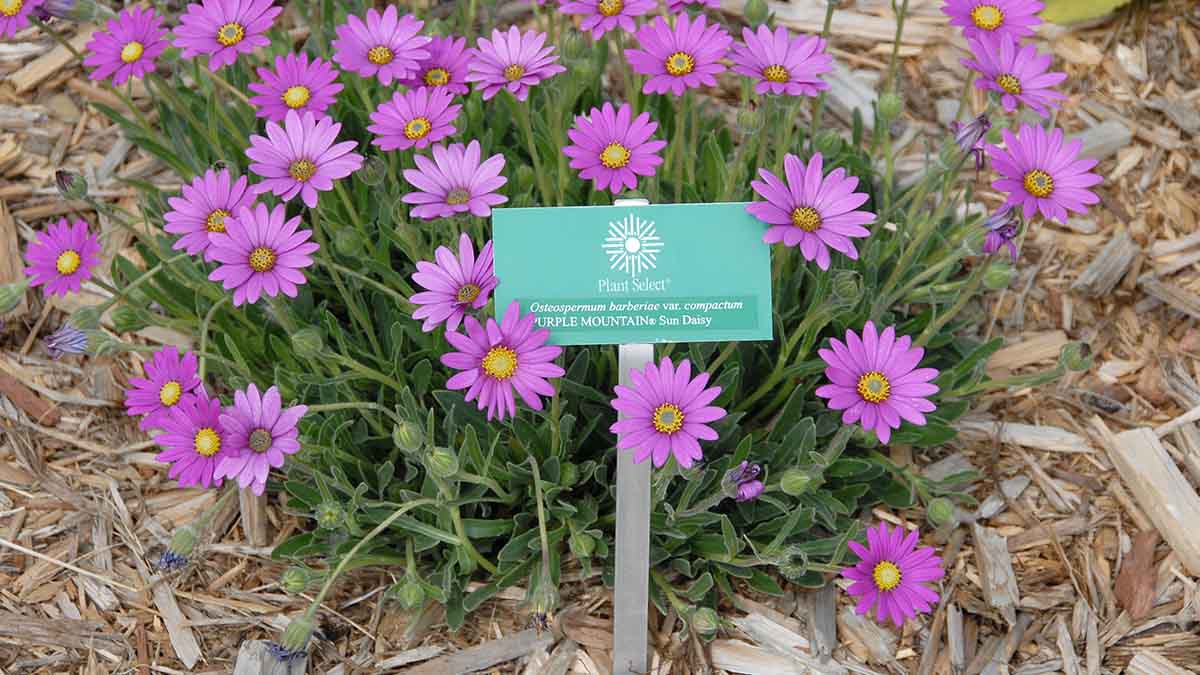Here are some of our favorite mulch options:
- Cedar mulch is available in chipped or shredded forms and each type has its advantages. Chipped mulch breaks down faster, enriching the soil more quickly, but it can be blown away by wind. Shredded mulch mats together and stays in place longer, though its dense texture may limit rainfall penetration to the soil.
- Rock mulch such as pea gravel, squeegee and chipped granite, when applied at a depth of 3 to 4 inches, allow precipitation to penetrate the soil. It helps retain moisture, regulate temperature and reduce weed growth. When used along walkways, it is important to install an 18-inch border of larger rock to prevent the finer mulch from migrating and creating a slipping hazard.
- Living mulch, although not always categorized as traditional mulch, offers similar benefits to rock mulch. Composed of low-growing plants that spread to fill spaces between other plants, it provides soil coverage, conserves moisture, suppresses weeds and regulates soil temperature. Examples of living mulch include creeping Veronica, creeping thyme and buffalo grass.
Choosing the right type of mulch depends on the landscape's specific needs, the desired aesthetic, maintenance preferences and climate conditions. By understanding the pros and cons of each type, gardeners and landscapers can make a decision that benefits both the plants and the overall design.

